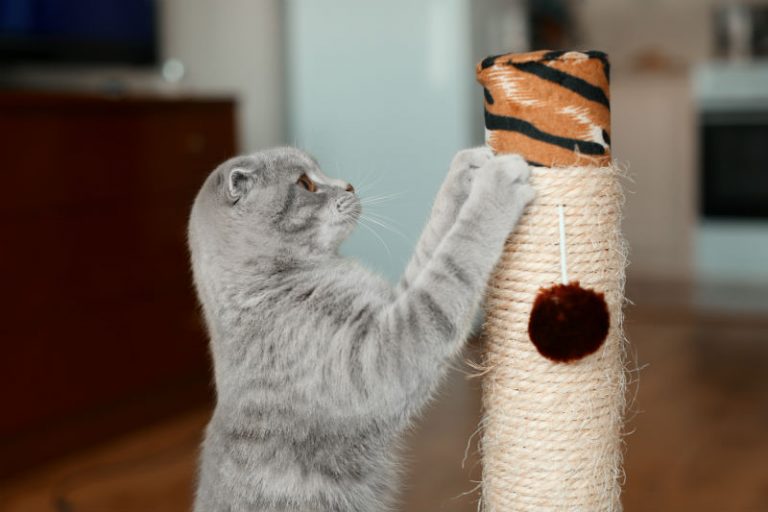Leptospirosis is a disease that can affect human and animals, including your pets. All animals can potentially become infected with leptospirosis. While for many years occurrence among pets was rare, the disease has been diagnosed more frequently in the past few years and cases have been diagnosed in the Tantallon area. Leptospirosis is most commonly diagnosed in the summer and fall.
Infection
The bacteria that cause leptospirosis are spread through the urine of infected animals, which can get into water or soil and can survive there for weeks to months. The bacteria can enter the body through the skin, especially if the skin is broken from a cut or scratch, it can also enter through the eyes, nose or mouth. Drinking contaminated water can also cause infection. Infected wild and domestic animals may continue to excrete the bacteria into the environment.
If your pet has become infected, it most likely came into contact with the bacteria in the environment by drinking, swimming, or walking through contaminated water, contaminated by wildlife (raccoons, deer, foxes, coyotes) who pass this bacteria in their urine. Dogs also may pass the disease to each other, but this happens very rarely.
Signs and Symptoms
The clinical signs of leptospirosis vary and are nonspecific. Sometimes pets do not have any symptoms. Common clinical signs have been reported in dogs. These include:
- Fever
- Vomiting
- Abdominal pain
- Diarrhea
- Refusal to eat
- Severe weakness and depression
- Stiffness
- Severe muscle pain
- Inability to have puppies
Generally, younger animals are more seriously affected than older animals.
If you think your pet may have leptospirosis, contact your veterinarian immediately. Your veterinarian can perform tests to determine whether or not your pet has the disease.
Source: CDC Factsheet
Written by Jane Corkum, DVM




